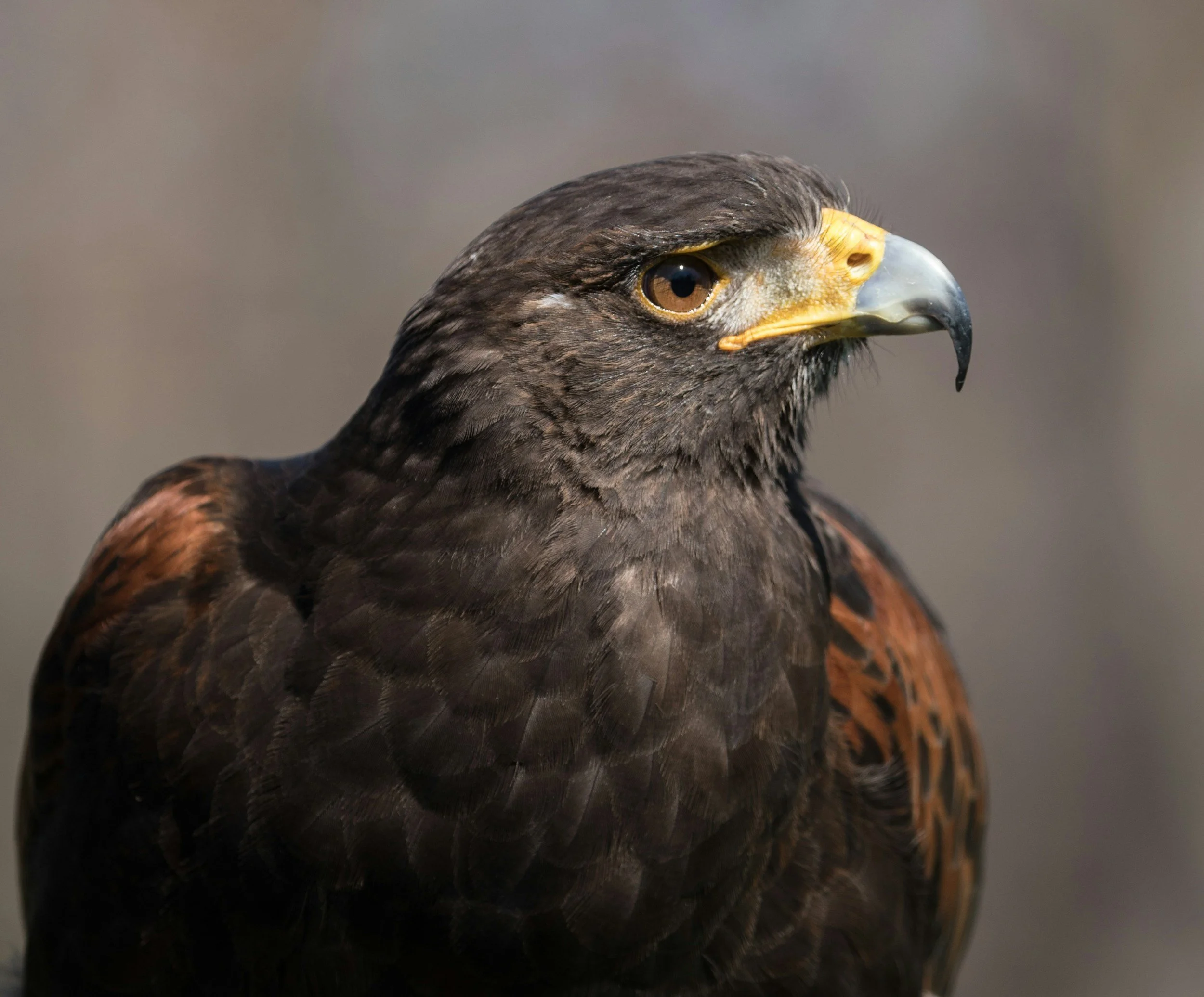Clever Carnivores
Carnivores get a bad rap. Too often, they’re cast as the “bad guys” in both fairy tales and real life—cunning, cruel, or dangerous by default. But carnivorous animals like coyotes, foxes, bobcats, and hawks aren’t bloodthirsty monsters—they’re strategic, highly intelligent, and ecologically essential.
These animals don’t just survive by strength—they survive by smarts. Let’s take a closer look at the clever carnivores that keep our ecosystems healthy and thriving.
Intelligence on the Hunt
Carnivores aren’t mindless predators—they’re tactical problem-solvers.
Coyotes adapt their hunting techniques based on prey and terrain. They hunt solo for rodents, but team up to take down larger prey. In cities, they learn traffic patterns to cross roads safely.
Foxes are masters of caching—storing food in dozens of hiding places, then remembering exactly where they left it.
Bobcats use stealth, camouflage, and acute hearing to ambush prey with incredible precision.
Raptors like hawks and owls have excellent vision, powerful memory, and can learn quickly from their environment.
Their success comes not from brute force—but from adaptability, memory, patience, and instinct honed over thousands of years.
Why Carnivores Matter
Carnivores are more than just hunters. They’re keystone species—animals that have a disproportionately large impact on the balance of their ecosystems.
Here’s how:
Regulate populations of prey species like rabbits, rodents, and deer, preventing overgrazing and crop damage
Control disease by removing weak, sick, or overabundant animals
Support biodiversity by influencing the distribution and behavior of other species
When carnivores disappear, ecosystems unravel. Rodents explode in number. Invasive species take over. Disease spreads. We’ve seen it happen—time and again.
Why Do People Fear Them?
Much of the fear around carnivores comes from misunderstanding and media hype.
They're active at night or in early morning—so when we do see them, it feels surprising or “sneaky.”
They're often blamed for missing pets without proof.
Movies, TV, and folklore have painted them as cunning tricksters or ruthless killers. (Looking at you, “Little Red Riding Hood.”)
In reality, most carnivores want nothing to do with us. Encounters are rare, and attacks are rarer still.
Conflict Isn’t Inevitable
Carnivores can—and do—live alongside humans with minimal conflict, especially when we take a few basic precautions:
Secure trash, compost, and pet food—don’t leave snacks outside
Supervise small pets outdoors, especially at dawn and dusk
Avoid feeding wildlife, which teaches unnatural and risky behavior
Use motion lights or noise deterrents if needed, rather than traps or poison
Leave them be—carnivores seen during the day aren’t necessarily sick. They may just be traveling or foraging.
Coexisting with the Clever
Respecting carnivores doesn’t mean inviting them to dinner—it means giving them space, removing attractants, and appreciating their role from a distance.
We don’t need to fear them. We need to understand them. And frankly, we could learn a thing or two from them.
After all, how many animals can:
Outsmart city traffic
Solve food puzzles
Care for their young with extreme devotion
Remember dozens of hidden caches
Thrive in every U.S. state, from deserts to downtowns?
Final Thought
Clever carnivores are not villains—they’re vital. They are nature’s regulators, architects of balance, and survivors in a rapidly changing world.
Next time you see a fox slipping through the grass, or a hawk circling above, take a moment. Watch. Listen. You’re in the presence of a master strategist—and a cornerstone of a healthy, wild world.



